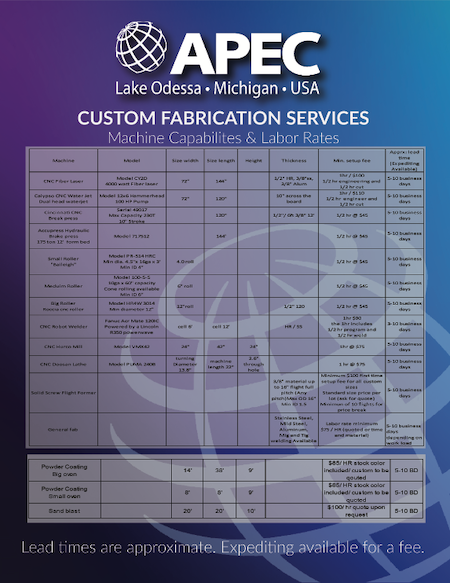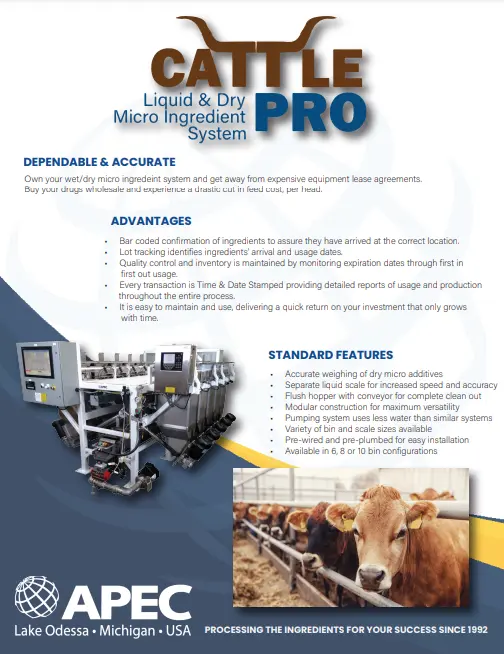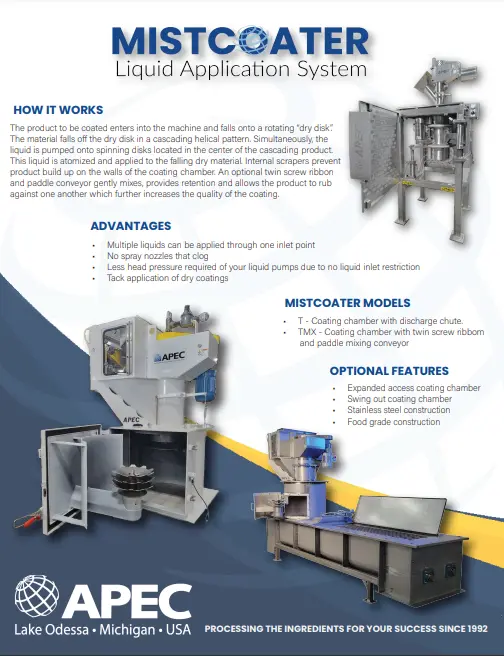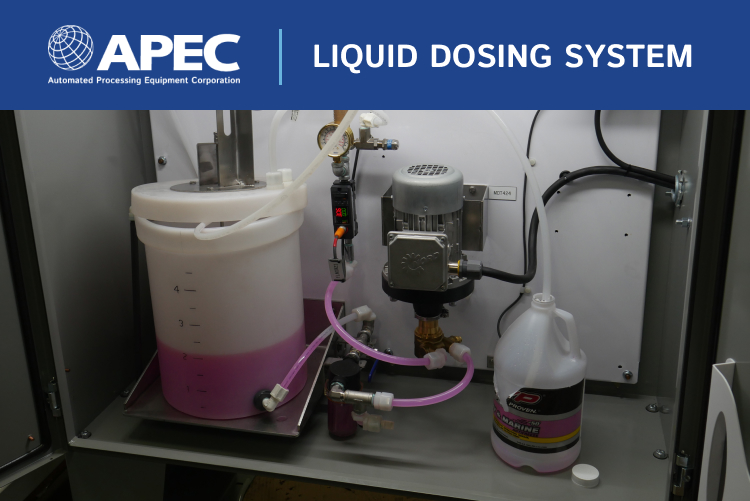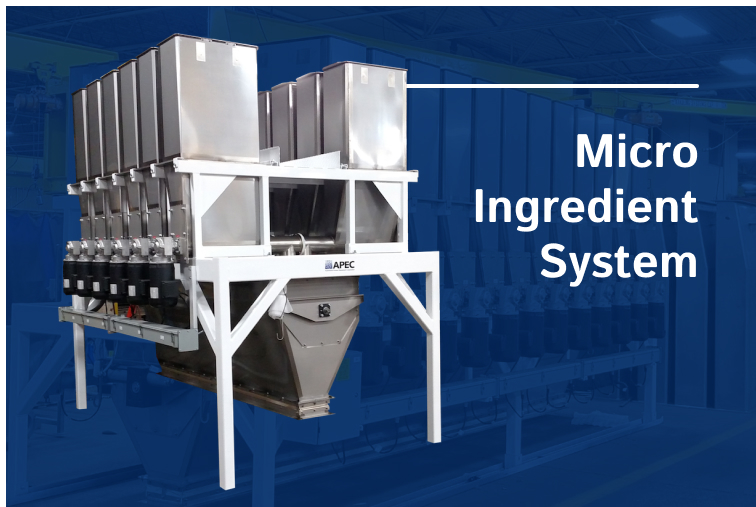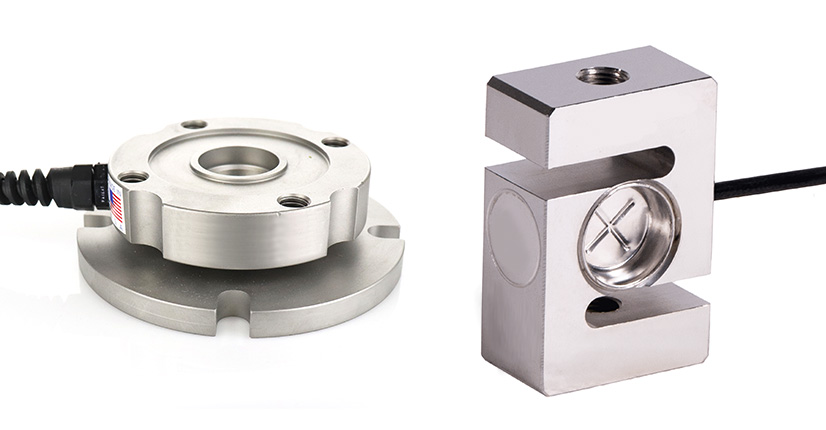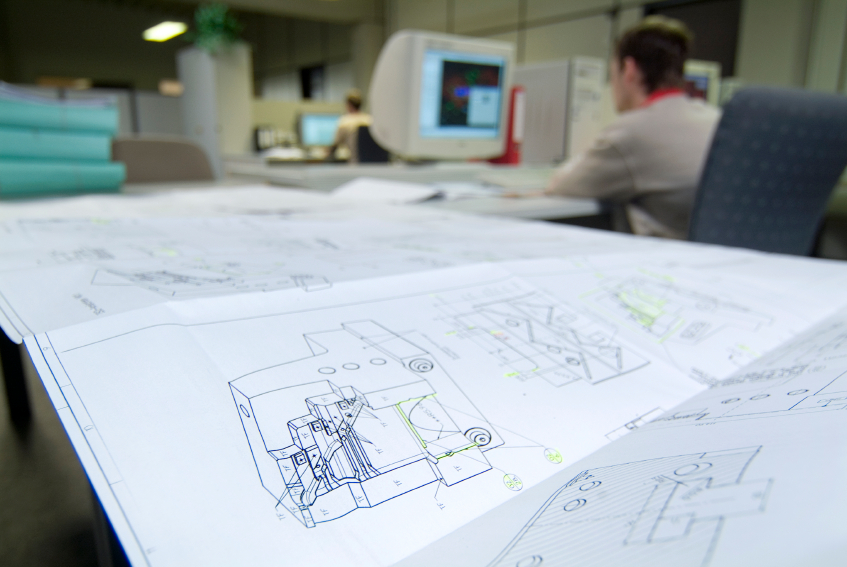
Pneumatic conveying systems use air to create propulsion that moves materials from one place to another. Though other types of mechanical motion, like belt conveyors or screw conveyors, can be more efficient, pneumatic conveyors offer a number of advantages. When working with particular materials, pneumatic conveyors can also solve problems and reduce risks.
Pneumatic Conveying Basics
Pneumatic conveying must be completely enclosed. Since pneumatic systems rely on airflow, they won’t be effective if there is an airflow leak. For this reason, pneumatic conveying systems are particularly effective for materials that are very fine, such as powders and granular materials. These substances are common across a wide range of industries, from pet food processing and food and beverage industries to mining and chemical processing to renewables and many more. The applications and advantages of pneumatic conveying systems are vast, but proper pneumatic system design is essential.
Pneumatic Conveying System Types
Pneumatic conveying systems might use blowers, exhausters or other mechanisms to create air and transport materials from one part of the process to another. These different pneumatic conveying system types are generally divided by velocity and suspension. If the material is conveyed at a high velocity and suspended in the air, it is considered dilute phase conveying or suspension flow. Materials conveyed at low velocities aren’t suspended in the air, and are considered dense phase conveying or non-suspension flow. Most of these pneumatic conveying systems can be used for continuous flow applications or batch applications.
Dilute Phase Conveying
In dilute phase conveying, also called lean phase conveying, the materials are sucked through the pipe at a relatively high velocity. Nearly any material can be conveyed this way, though materials with larger particle sizes or higher densities will require high velocity. As the material shoots through the pipe, it contacts the sides, so this can be problematic when working with friable or abrasive materials.
Dilute or lean phase conveying may operate at velocities between 12 and 18 m/s. Fine powders may require velocity around 12 m/s, while fine granular material might require around 16 m/s. Dilute phase conveyor systems might operate through negative or positive pressure using a vacuum generator or pressure generator, such as an exhauster or blower.
Dense Phase Conveying
In dense phase conveying, the materials move along the sides of the pipe, and are not suspended in the air. Depending on the pressure, velocity, and the material itself, it may move through the pipe in varying ways. It might move in dunes along the bottom of the pipe, move in pulses through moving beds, or move in solid plugs between air gaps. Since this process is usually gentler, it’s better suited for more fragile or abrasive materials. Dense phase conveying is also better suited for longer distances and higher throughputs, where dilute phase conveying can become challenging.
Dense phase conveying typically operates at much lower air velocity, as low as 3 m/s in some cases. Since dilute phase conveying can easily cause damage to the pipe through erosion or damage to the particles through impacts, dense phase conveying has become increasingly popular for many different types of materials. Dense phase conveying also requires that the materials meet criteria for permeability or air retention, or the materials won’t move through the pipe. Some materials are conditioned prior to the pipeline feed point in order to meet these criteria.
Environmental Considerations in Pneumatic Conveyor System Design
When designing the optimal pneumatic conveyor system, it’s important to first consider your material’s characteristics. Understanding it’s density, flow rate, permeability, particle size, moisture content, friability and other key factors will help the system work most effectively and prolong its life.
There are other factors that are important to consider as well. The environment around the pneumatic conveyor system can affect its operation. Humidity and air temperature affect air pressure and velocity, which will change how the system works. As air temperature increases, the density of air decreases, which will affect the air mover. If the air is colder on startup, for example, and warms over time, the conveying air velocity will be lower to start with, which can block the pipeline.
Humidity around the pneumatic conveyor system can also create challenges. The water vapor contained in the air (humidity level) changes with temperature and pressure. If the air is saturated, a change in temperature or pressure will create condensation. If condensation comes into contact with hygroscopic material, it can ruin the material and damage the system.
Taking these considerations into account when designing your pneumatic conveyor system can help to improve efficiency and extend the lifetime of your system. Work closely with your equipment manufacturer, and give them detailed materials characteristics, process requirements, dimensions, and environmental considerations to optimize the system.


